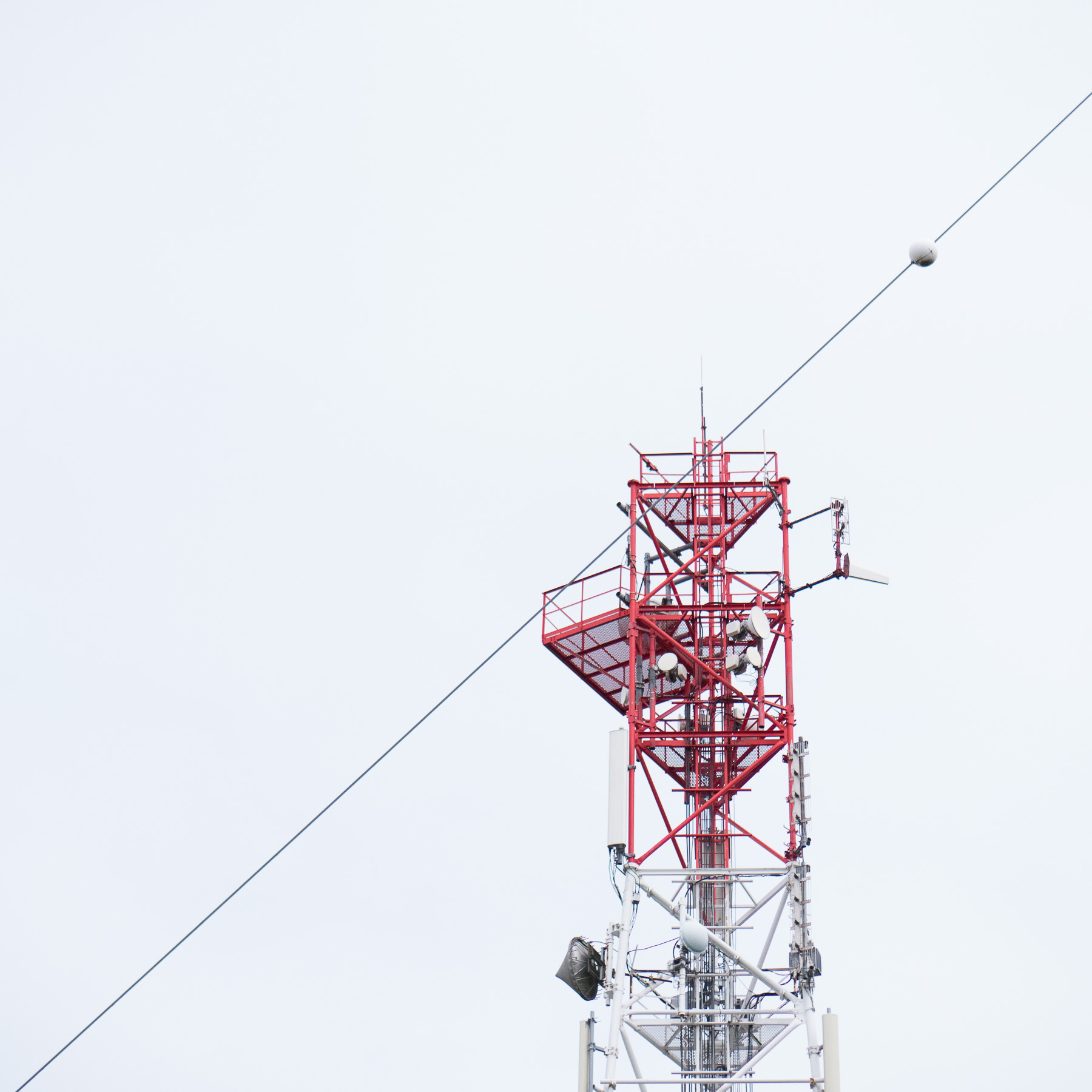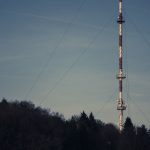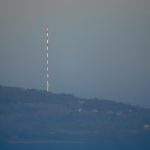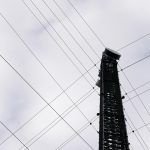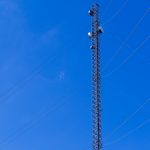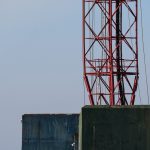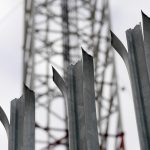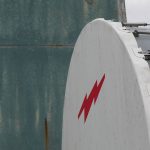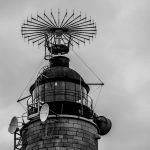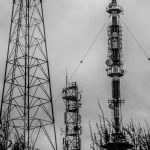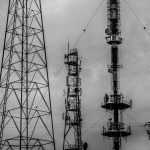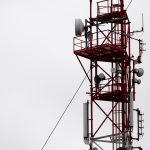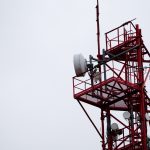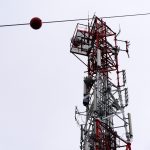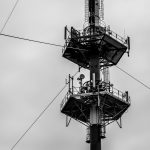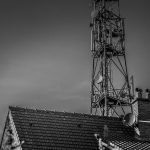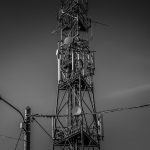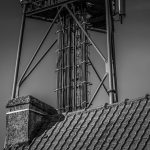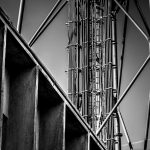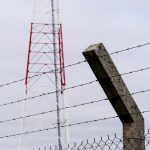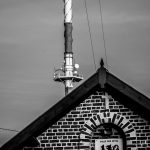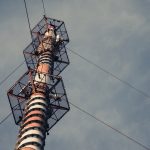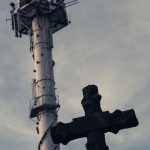High-frequency trading (HFT) uses complex algorithms to analyse multiple markets and execute orders based on market conditions. There are many ways to transmit this data, fibreoptic cables, lasers and, an almost forgotten yet surprisingly fast technology, microwaves. In this business each microsecond is crucial, so finding the fastest and most direct connection between the main European exchanges is essential.
These networks need tall structures such as masts, buildings, water towers, churches, or out of service radio antennas where the dishes can be placed in order to have a direct “line-of-sight” with their nearest neighbouring dish, a subject Alexandre Laumonnier has extensively covered in his Sniper in Mahwah blog. It is vital that nothing blocks the signal between two dishes, so tall, lonely towers in low density areas are highly sought after.
Here are a few we have visited up close.
Pylone tubulaire haubané (240 m) – Jump tower – Houtem, Belgique.
Pylone tubulaire (14 m) – Crossma – Cap Gris Nez – 62179 Audinghen, France.
Pylone tubulaire autostable (109 m) – Site Itas Tim – Mont-Lambert – 62280 Saint-Martin-Boulogne, France.
Pylone autostable (48 m) – Quai de Grande Synthe – Nord Céréales – 59760 Grande Synthe, France.
Pylone autostable (52 m) R de Watten (Mont Cassel) – 59670 Cassel, France.
Pylone haubané (200.4 m) – Mont des Cats – chemin du Moulin à huile – 59270 Berthen, France.
A composition using field recordings of the windy vibrations of the ‘strings’ that support the 240m hight Houtem pylon, plus a plane above us at the end.
